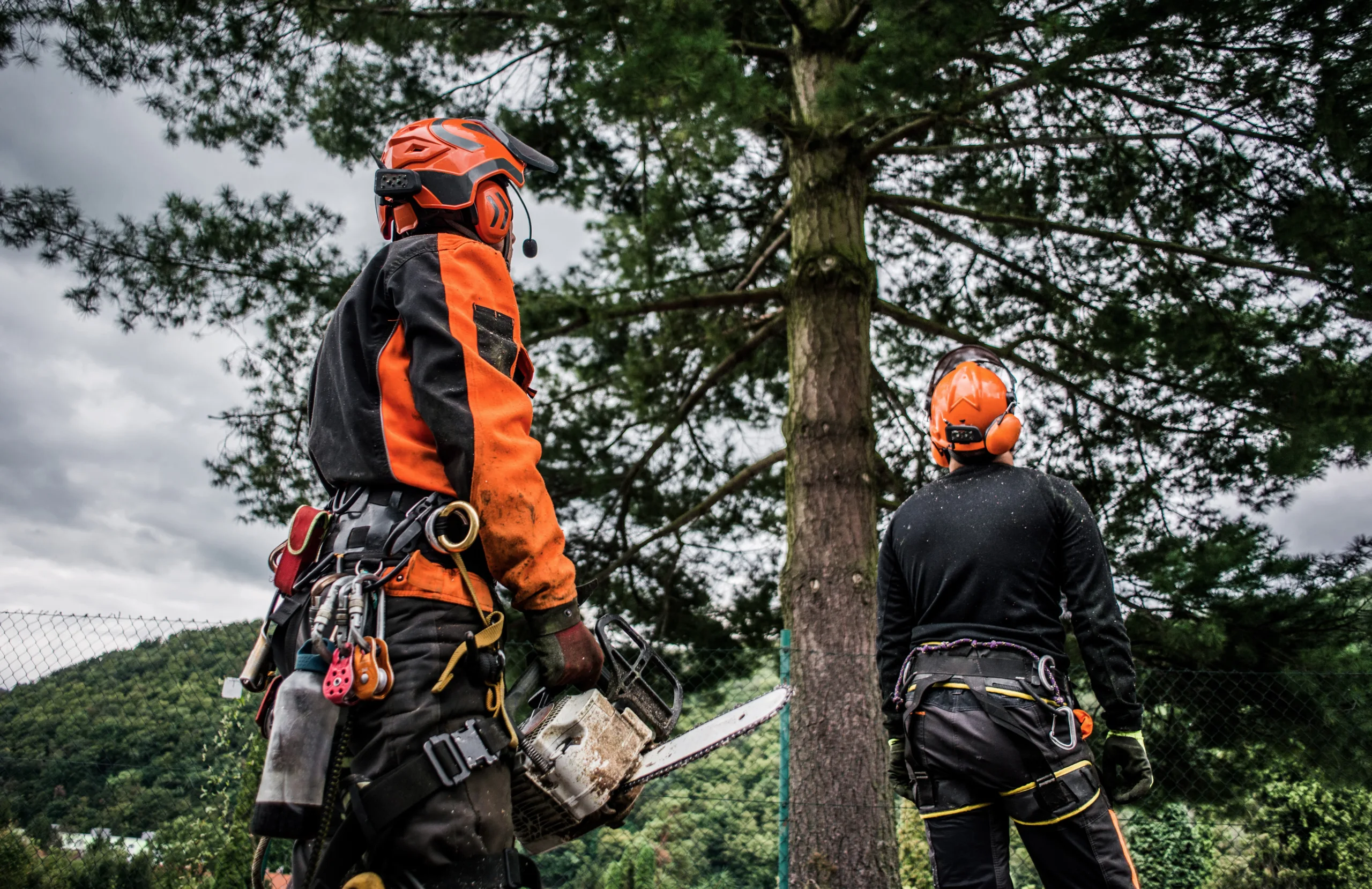Introduction
Guide to the Sycamore Tree – The sycamore tree, known for its towering presence and distinctive appearance, is a staple in many landscapes. This tree, which belongs to the Aceraceae family, boasts a rich history and a variety of uses. In this article, we will explore the characteristics, history, cultivation, and ecological significance of the sycamore tree.
Characteristics of the Sycamore Tree
Scientific Name: Acer pseudoplatanus
Common Names: Sycamore, Plane Tree, Great Maple
Appearance:
- Leaves: Large, lobed leaves resembling those of the maple tree, with five distinct lobes and a rough texture, dark green above and lighter underneath.
- Bark: Young trees have smooth, grey bark, which peels away in patches revealing a patchwork of cream, yellow, and green.
- Height: Mature trees can reach 30 to 40 metres, with a broad, spreading canopy.
- Fruit: Winged seeds called samaras or ‘helicopters’, dispersed by the wind.
History and Symbolism
The sycamore tree has a storied history and holds significant symbolic meaning in various cultures. In ancient Egypt, it was sacred and associated with the goddess Hathor, believed to bridge the living and the dead. In Europe, it symbolizes protection and longevity, with its robust nature making it a metaphor for resilience. Historically, its wood was used for musical instruments, furniture, and shipbuilding.
The Sycamore Gap Tree, near Hadrian’s Wall in the UK, is a famous landmark. This iconic tree is hundreds of years old, symbolizing natural beauty and historical significance.
Cultivation and Care
Planting:
- Soil: Sycamores grow well in a variety of soils, preferring well-drained, fertile soil.
- Light: Thrive in full sun but tolerate partial shade.
- Water: Moderate watering needed, particularly during dry periods. Young trees require more frequent watering until established.
Pruning:
- Prune to maintain shape and remove dead or diseased branches, ideally in late winter or early spring before new growth begins.
Pests and Diseases:
- Sycamores are hardy but may be vulnerable to pests like aphids and diseases such as anthracnose. Regular monitoring and prompt treatment can help manage these issues.
Sycamore Tree Maintenance and Removal
Maintenance:
- Sycamore Tree in Garden: Can be a beautiful addition, providing shade, but needs adequate space due to its size.
- Sycamore Sapling Care: Requires regular watering, mulching, and pest protection.
Removal:
- How to Get Rid of Sycamore Trees: Cut down the tree and apply tree killer to the stump to prevent regrowth. Larger trees may require professional removal.
- How to Get Rid of Sycamore Saplings: Pull them out when small or use herbicides for larger areas.
Ecological Significance
Sycamores play a vital role in ecosystems, providing habitat and food for wildlife, including birds, insects, and small mammals. Their dense canopy offers shelter, while their flowers provide nectar for pollinators. The falling leaves contribute to the nutrient cycle and enrich the soil.
In urban areas, sycamores improve air quality, reduce noise pollution, and offer shade. Their extensive roots help prevent soil erosion, making them ideal for planting in erosion-prone areas.
Conclusion
The sycamore tree is a magnificent addition to any landscape and an integral part of our natural heritage. Its resilience, beauty, and ecological contributions make it worth preserving and celebrating. Whether you’re an arborist, nature enthusiast, or simply looking to enhance your garden, the sycamore tree promises lasting benefits.
For more information on tree care and services, contact Chigwell Tree Services at 07543364253. If you’re considering removing a sycamore tree, refer to our comprehensive guide on sycamore tree removal.









